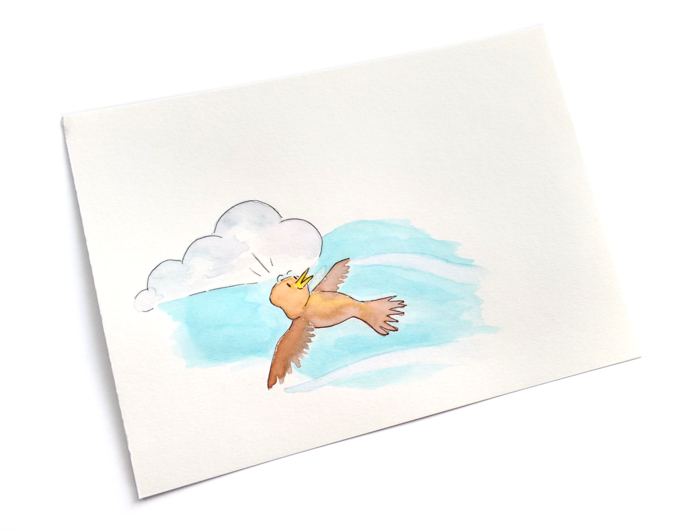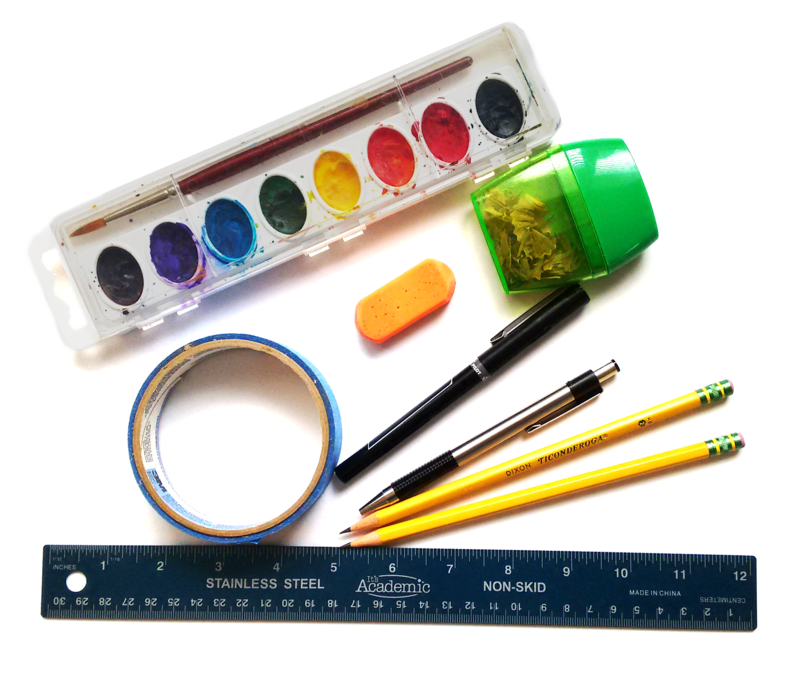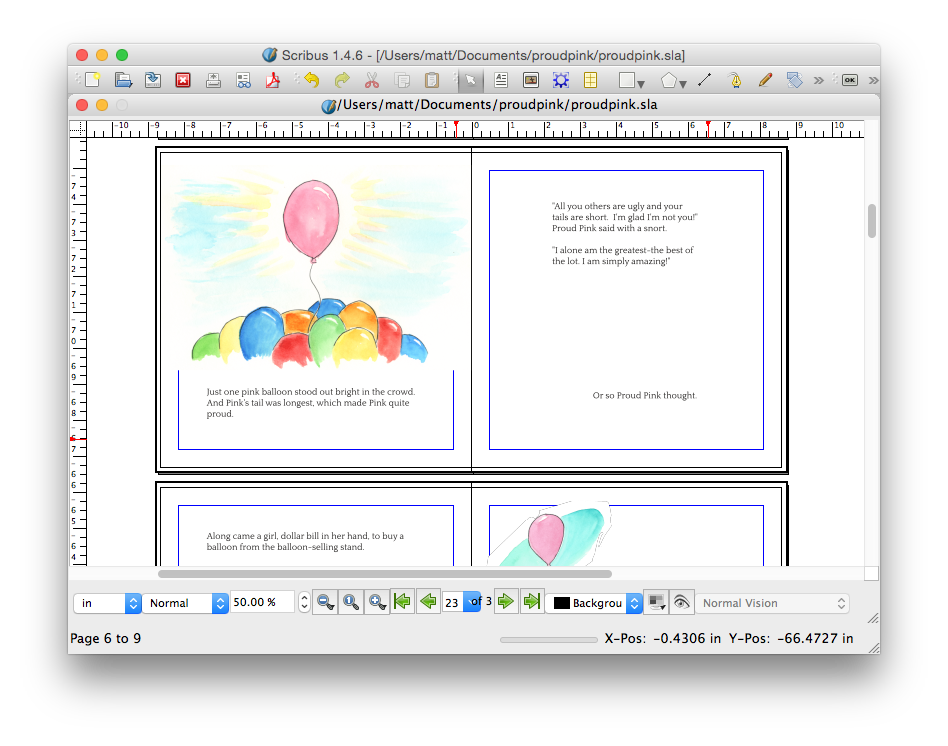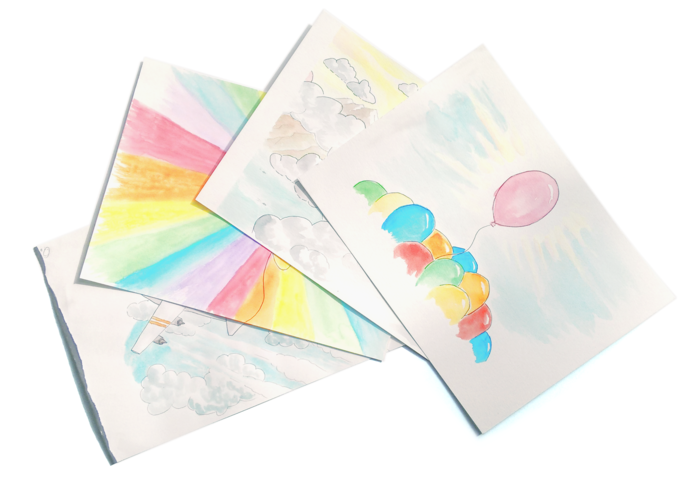I made a book
I made a book: The Proud Pink Balloon. It contains words I wrote and pictures I painted. And I had a blast making it! You can buy a copy here if you’d like.
How this came about
I’ve noticed my eldest becoming more keen on things that are prettiest and fastest and best. Too keen. Keen enough to feel bad for not being the “best” and trying to make sure others know when she is the “best.” So I made up a story about a like-minded balloon. The girls liked the story, so I decided to make it into a picture book.
“A picture book?” you ask, “but you can’t even draw.” Well, sure, but when has inability ever held me back? A few friends inspired me to think I might actually pull it off.
First, Mr. Jake Parker’s video made me barge ahead and self-impose a deadline when the idea first struck:
Also, I like reading J Travis Washburn’s fun stories. Ben Crowder (whose surname auto-corrects to either crowbar or crusher) wrote and illustrated a fun children’s book. And Chris McClelland has published some great stories.
My train of thought then became:
“If talented people can make great books, then surely I can make a mediocre one, right? Or if not mediocre, at least bearable. Or at least I can publish something that won’t get me thrown in jail.”
Courage, she is a slippery slope.
Joking aside, I’m not sure if it’s a terrific story or just so-so. I’m sure some people will hate the book (because, spoiler alert: if you’ve ever seen a child with a balloon, you know how it ends).
But since I had so much fun making it, I don’t really care if it’s great :) The illustrations are at least good enough that you can recognize the objects they attempt to depict. For instance, when I finished this bird picture, I exclaimed out loud, “Hey! It looks like a bird! Woah!” Yes, I’m that good.

(Yeah, yeah, the bird has contrails…)
Tools, method and cost
I composed the story with Google Docs. Since I sometimes walk partway to work, this turned out to work very well—I often jotted down ideas or made edits with my phone while walking.

I drew the pictures in pencil on some heavy-duty art paper from Target, then painted them with my daughter’s 8-Color Crayola water color paints. Well… I started using hers, but I had to buy my own after she turned her yellow paint murky green. After the paint dried, I inked the drawings with a Pilot Precise V5 pen and my favorite Zebra F-301 pen.
I scanned many of the illustrations with our HP all-in-one scanner. But when it refused to see all of the pink in a few of the drawings, I borrowed my parent’s Epson scanner for those. Resolution for the scanned pictures ranges from 600 to 1200 dpi.
Oh, I also enlisted a spray bottle, an iron and some heavy books to flatten some of the warped paintings.
All the software I used is free: Google Docs (already mentioned), GIMP for touching up and adjusting some colors

and Scribus for laying out the book (to make into a PDF).

Most of the painting work was done after the girls were asleep. I averaged just less than one picture per night and only had to scrap one really terrible picture. Man… that was a failure :)
Here are my total costs. You can see that doing a hardcover greatly increases the cost, and that you can make a paperback for practically no money.
| $2 | paint |
| $10 | paper |
| $3 | pens |
| $15 | total |
| $7.24 | first proof |
| $7.24 | second proof |
| $14.48 | total |
| $85 | ISBN |
| $49 | setup fee |
| -$49 | coupon! |
| $23.43 | first proof |
| $25.00 | resubmit fee |
| $23.24 | second proof |
| $156.67 | total |
I used CreateSpace for the paperback and IngramSpark for the hardback.
I’m tempted to complain that IngramSpark is really slow and expensive, but in reality CreateSpace is just ridiculously fast and inexpensive. With CreateSpace, you can have a book in your hands within 3 days of starting. With IngramSpark (unless you’re willing to fork over $60 for express service) you have to wait at least a week and probably longer.
What I learned
-
If you can’t draw people, making a book about balloons is a great idea :)
-
If you’re going to print a book on white paper, draw your pictures on white paper. Mine was a little yellow so I had to do extra digital fiddling because of it.
-
Use the same paper throughout. I ran out, but impatiently used lighter-weight paper for a few drawings. It turned out okay, but I wish I had used the same paper.
-
Get paper of about the same size as the finished product will be. I misjudged margins and bleed on a few of the pages so I had to cut off more of the picture than I’d like.
-
I wish I had white paint. And skin-colored paint.
-
I wish I had a thinner pen for some parts.
-
Illustrating is difficult. But it’s really fun. Giddy fun.
-
I’m really curious how real illustrators do watercolor paintings for books. Cause… I just kind of hacked together my method as I went.
-
It would probably work better to do important colors in one go (i.e. paint the skin on all the pages, then move to the hair on all the pages, etc…)
-
Listening to people read your book out loud is really enlightening.
-
Get feedback early.
-
Holding a hardcover book in your hands that you authored/illustrated is really satisfying.
-
Do what Jake said in his video—finish something! It’s fun.

The book is available for sale here.